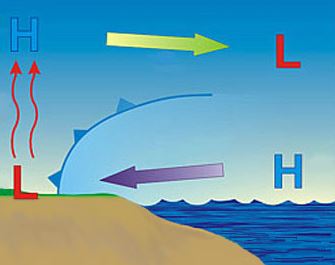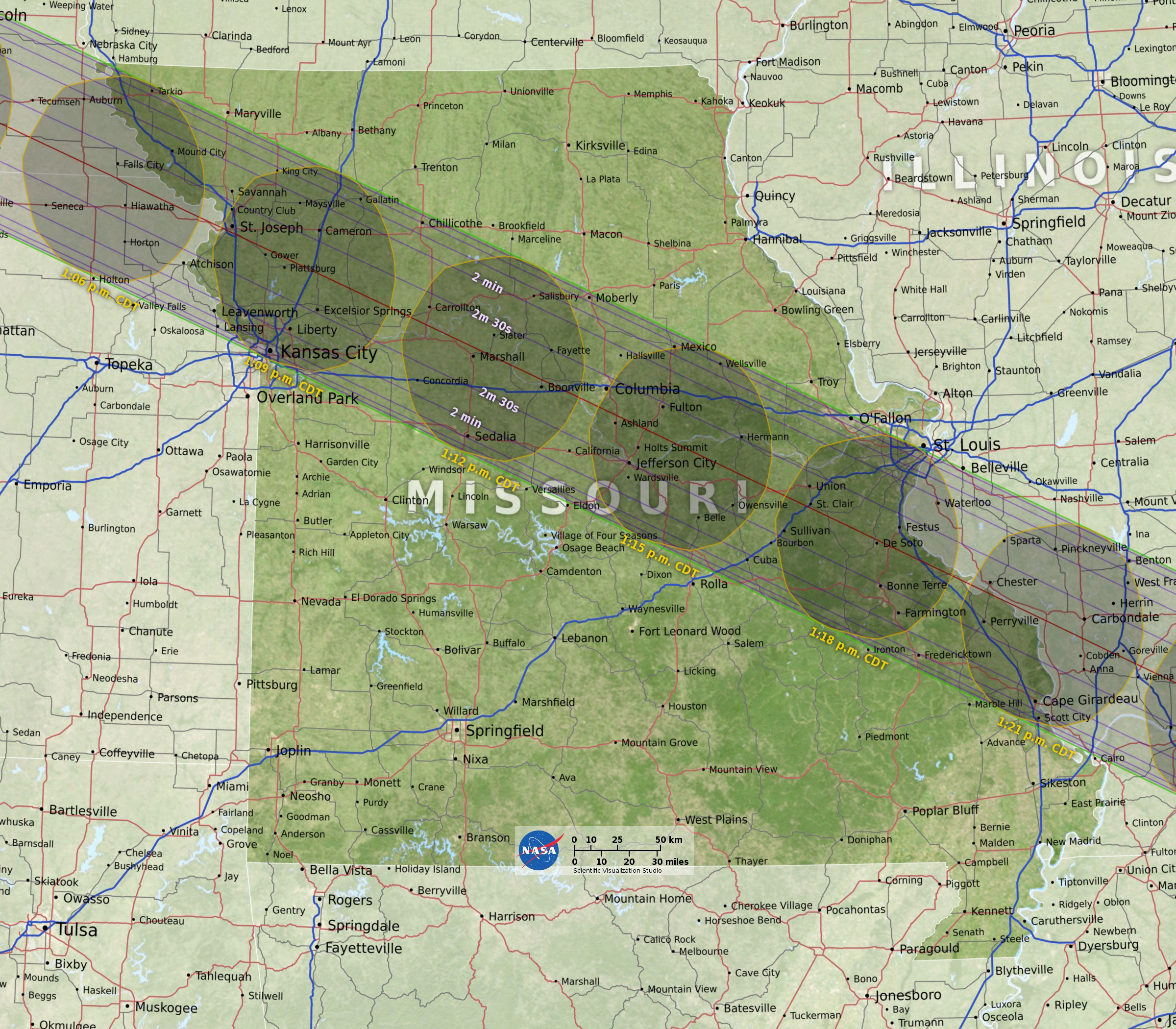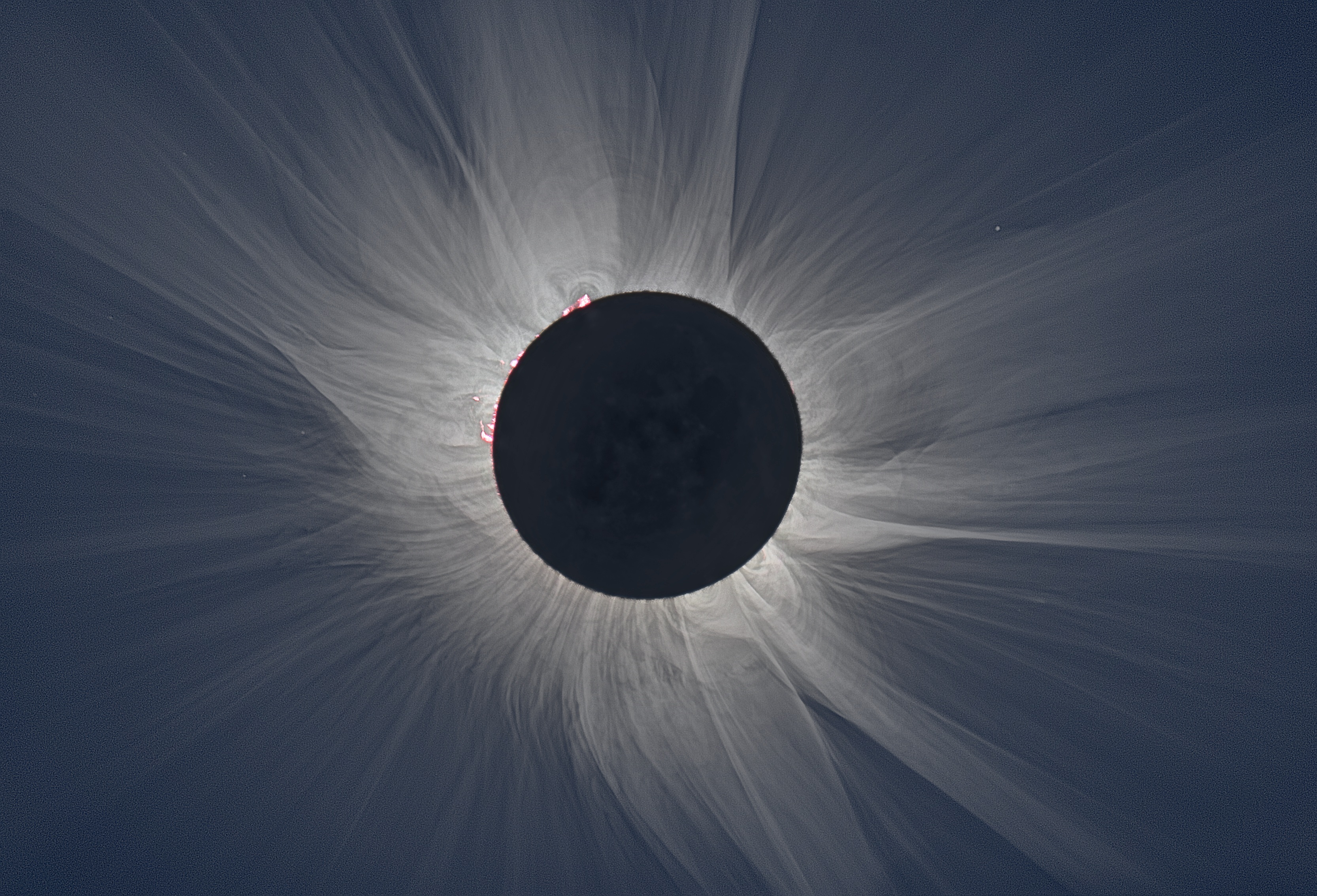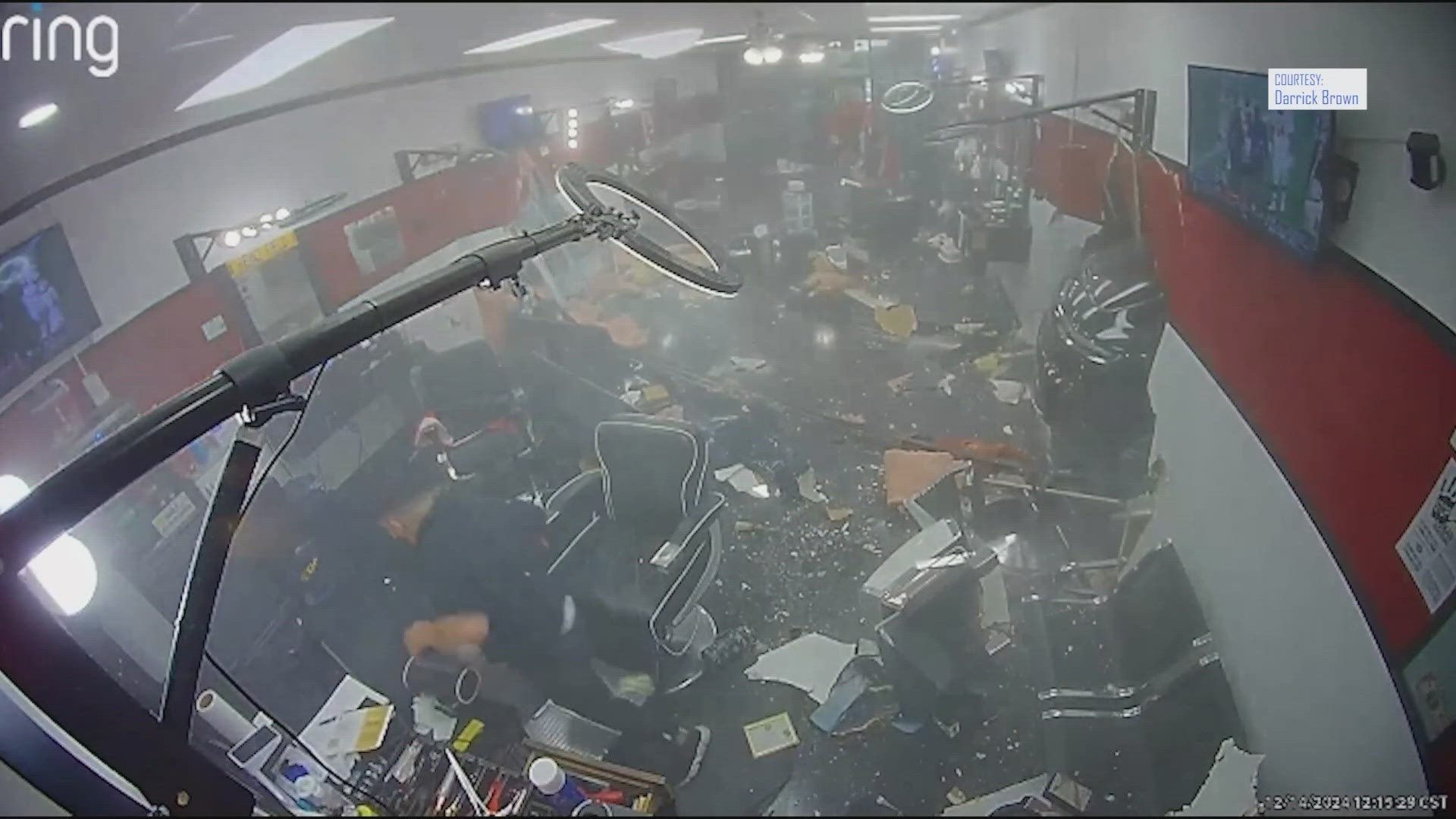You've heard of sea breeze storms, but have you heard of solar eclipse-induced storms?
Total solar eclipses are obviously pretty rare -- and getting one during the heat of a late-August afternoon, when the atmosphere is primed for thunderstorms anyway, creates a sort of weather laboratory! This is because the temperature-cooling shadow of the moon could create an, "artificial" cold pool of air with a temperature gradient strong enough to kick off a few thunderstorms, or enhance existing convection, much like a sea breeze.
Exactly one month from today, during the early afternoon, this total solar eclipse will envelope the nation from the Pacific NW to South Carolina, in a 70 mile wide shadow. In this zone, it'll look like night with stars and crickets. Houston will only see a 67% obscuration, so it'll still look like daytime but slightly dimmer for a time.
In the, "totality zone" where the afternoon becomes a starry night (St. Louis is the closest area to Houston experiencing this, and I will use their local data for following time references), temperatures could drop from the heat of that late-August afternoon to readings you'd normally around sunset dark. If it's 93°F, it could easily dip to 83°. The more humidity, the slower the temperature drop, but it's enough where it'll be noticeable.

Back to how an eclipse-induced storm could theoretically form: Ocean sea breezes create thunderstorms daily in the summer months by pushing cooler ocean air into the hotter air found inland. Storms form as that heat and humidity is forced upward by the cooler air, which acts like a wedge. Storms can only form in this scenario when the air is hot and sticky enough -- and when the atmosphere is uncapped (meaning, free convection can occur.) As sea breezes happen with air that's just 5°-10°F cooler than its inland counterpart, it's conceivable that a similar breeze could form with this eclipse if it does indeed pull temps down 10° to 15°. The zone of coolest air will be at least 70 miles in diameter under the moon's shadow. That's about 5,0002 miles, which is ample area for mesoscale cooling to directly affect the weather around it.

The atmosphere has to be nearly primed for storms anyway with, 'conditional instability'. Storms would have to be able to normally form that day from a simple outflow gust by a neighboring thunderstorm. Not everywhere in the path of an eclipse will a sky ripe for storms, so this would most likely only happen in areas southeast of Missouri, well away from the seasonal upper-level summertime, "death ridge" of subsiding, capped air -- and closer to the Gulf of Mexico and Atlantic humidity.

Pitfalls to this scenario: While the zone of 100% eclipse will be relatively defined and measurably cooler than adjacent surrounding areas where totality doesn't occur, there could be a more graduated and less sharp temperature gradient, where it goes from totally dark to partially dark. Therefore, the, "eclipse breeze" and associated air pressure differences could be reduced, muting the storm-inducing effects. As I said before, everything must be just right.
These astronomical events are so rare, there's little formal research into what eclipses can do to weather from season to season. Meteorologically, this is happening at the PERFECT time, when the sky is more likely to be charged for storms naturally. To witness a solar eclipse sparking a storm would make for a great PhD thesis.
-Brooks Garner



